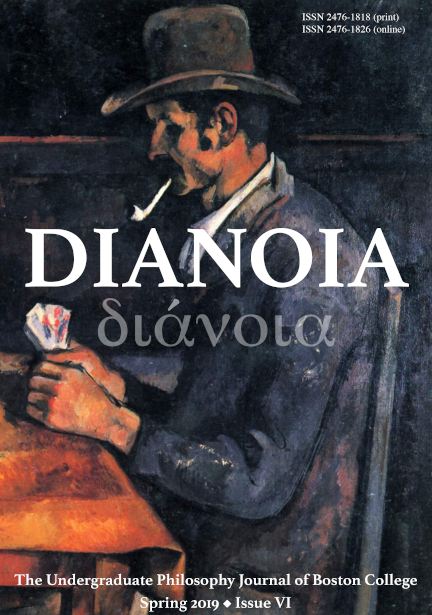Merleau-Ponty and Barthes on Image Consciousness: Probing the (Im)possibility of Meaning
DOI:
https://doi.org/10.6017/dupjbc.v6i1.11727Abstract
Why exactly do paintings and photographs affect us, despite being flat, inanimate objects? Merleau-Ponty and Barthes both attempted to answer just as much and arrived at two conflicting accounts of the ontology of image consciousness. In Merleau-Ponty’s conception, paintings offer an infinite number of hermeneutic possibilities, while in Barthes’, photographs are a “closed field of forces,” thereby making their meanings necessarily contingent and circumscribed. In an effort to identify the point of contention between the two theories, this paper first outlines Merleau-Ponty’s phenomenology of painting and contrasts it with Barthes’ theory of photography. Next, it considers both theses through the lens of psychoanalytic theory, positing that both Merleau-Ponty’s philosophy of art and Barthes’ notion of the studium correspond to Sigmund Freud’s idea of the pleasure principle, while the Barthesian notion of the punctum maps onto the Freudian concept of the death drive. Finally, I argue that the crux of Merleau-Ponty’s and Barthes’ disagreement on the metaphysical status of images has to do with the possibility -- or impossibility -- of meaning.
Downloads
Published
How to Cite
Issue
Section
License
Copyright (c) 2019 Natasha Beaudin Pearson

This work is licensed under a Creative Commons Attribution 4.0 International License.
Please navigate to the Copyright Notice page for more information.

